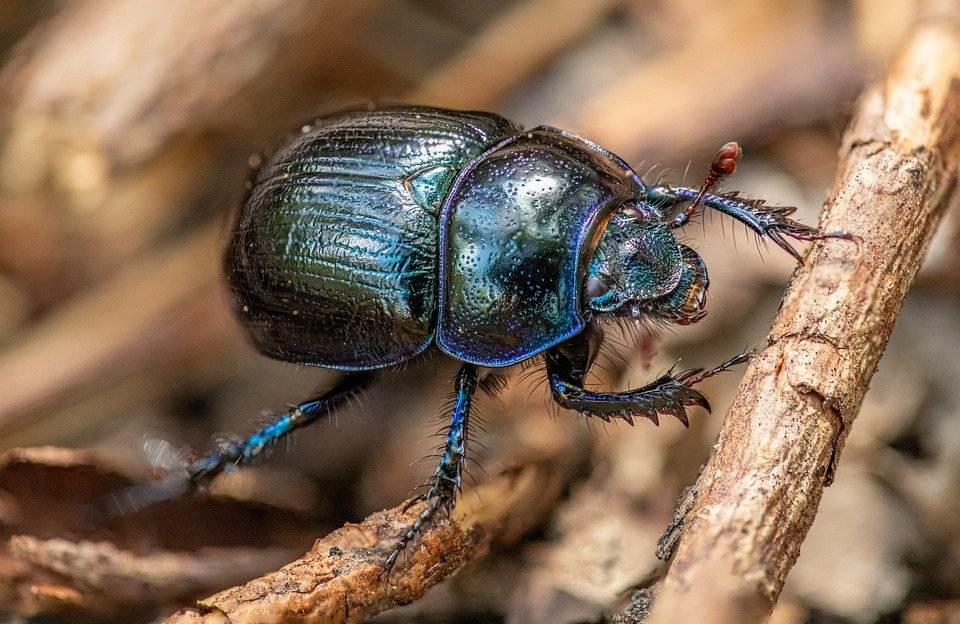The Rube Goldberg contest deadline is approaching, but there is still time to devise the most inefficient machine that can open an umbrella. That’s right. The goal is to shift your thinking to accomplish a simple task, this year to open an umbrella, using the most complex “steps” possible in the process.
What or who is Rube Goldberg?
Rube Goldberg (1883-1970) was an American engineer turned cartoonist best known for his elaborate contraptions that perform a simple task. His name became synonymous with a type of machine that takes an indirect, and often amusing, route to an obvious end effect. One of the most famous of his 50,000 cartoons depicts “Professor Butts and the Self-Operating Napkin” which takes more than a dozen steps to wipe a napkin across his mouth after a bite of food sets the machine in motion.
As a legacy, his family has established a nonprofit organization to carry on Rube’s love of tinkering just for fun. To that end, they offer annual contests for middle school, high school, and college students to stretch their wits and concoct a Rube Goldberg Machine of their own. The challenge for 2016, due in the spring, is to devise a multi-step machine to open an umbrella; any kind of umbrella you like.
The contests officially began in 1988 at Purdue University which offered the challenge of putting toothpaste on a toothbrush. They were actually resurrecting the events held from 1949-1955, that ended when the sponsoring fraternities ceased to host their annual Engineer’s Ball. Past years’ mundane tasks have included such feats as turn off an alarm clock, make a cup of coffee, water a plant, zip a zipper (the 2014 winners appeared on Jimmy Kimmel), put a stamp on a letter, squeeze juice from an orange, and even the old standard test of agility to screw a light bulb into a socket. Over the years, contest winners have gained notoriety with media and the contests have grown to now include three divisions and even offer an online entry option where necessary.
So what does a person need to do to enter the contest?
You need to start by gathering a team of at least three people and a teacher or parent advisor, submit the form and the fee of $150, then design and construct your machine according to the parameters detailed on the website. The minimum number of steps required depends on the division entered (11-14 years old in middle school, 14 -18 high school, or 18+ college or graduate student). But the maximum number of steps is 75. A step is defined as “a transfer of energy from one action to another action,” but repetitive transfers, such as dominoes toppling each other, is counted as only one step, or transfer.
Of course, there are volume restrictions and the machine can’t propel parts or endanger the audience in any way. No explosive devices; no live animals. But, 100 points can be earned in categories of design and operation of the machine as well as teamwork. The judges look for such things as the re-purposing of everyday objects; is the machine whimsical and artistically crafted and does it tell a story; how well does it operate and can it reliably repeat its steps and complete its function? And, did the team think outside the box; did they collaborate well and have fun in the process; is the demonstration explanation presented in a clear yet engaging and entertaining manner to the audience?
Rube Goldberg thought it was an amusing aspect of human nature that we often seek the most difficult path when it needn’t be that way. So, here’s a chance to display your ingenious foolishness and do it with a purpose. Whether student, teacher, or creative parent, you could be a Rube Goldberg winner!






